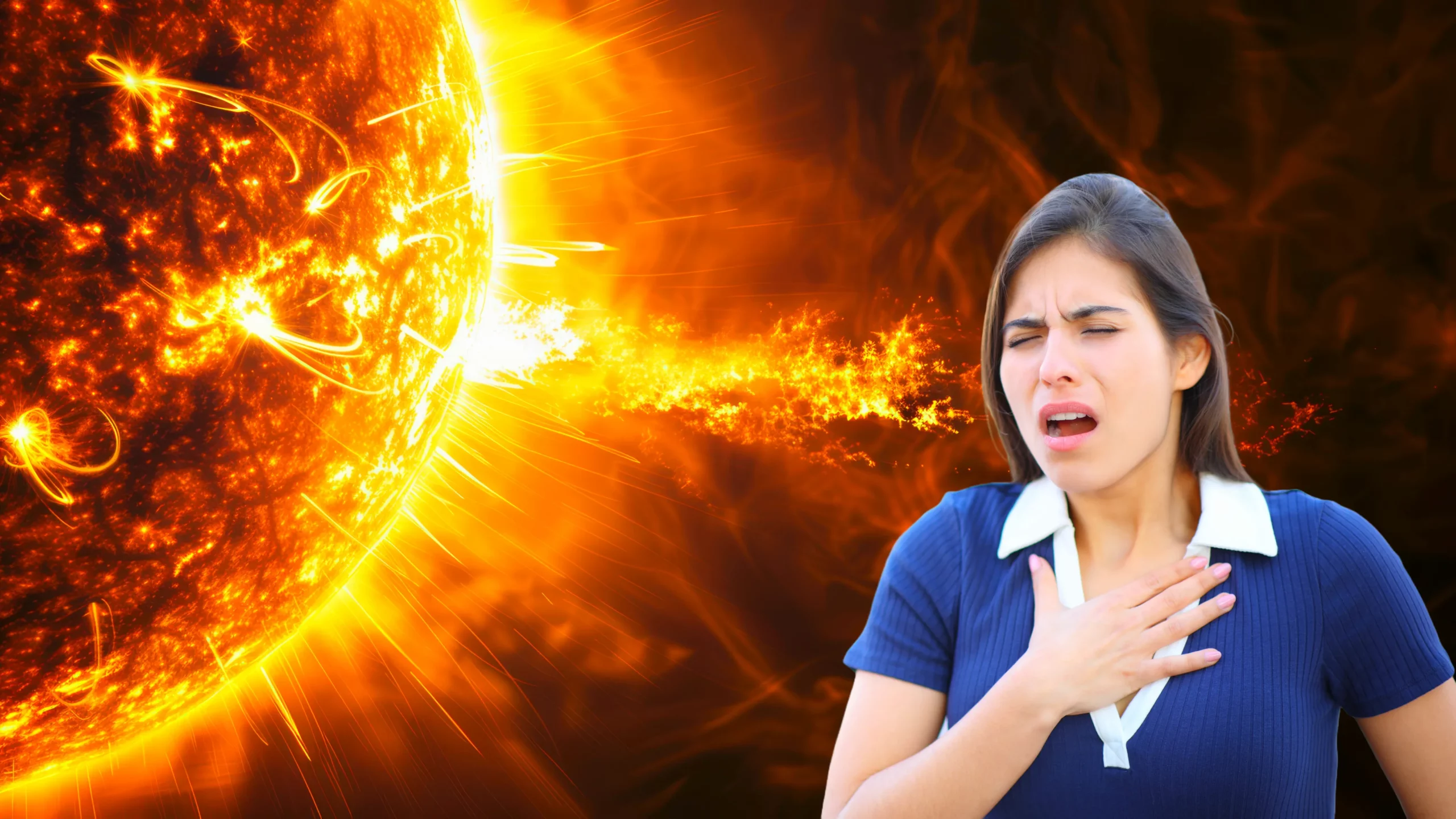


Magnetic storms october 2024 space weather forecast
October 2024 is approaching, and with it, interest in solar activity forecasts and potential geomagnetic storms. The US National Center for Atmospheric Research (NOAA) is one of the world's leading space weather monitoring centers, providing forecasts based on solar activity observations.
However, it is important to understand that geomagnetic storm forecasts for such a long period as a month are approximate and have a significant margin of error. The accuracy of forecasts increases as the date of the expected event approaches.
Several periods of increased solar activity are expected, capable of causing magnetic storms of 5 points and higher on the K-index scale.


Periods of increased geomagnetic activity in October.
- Mid-October: A series of medium-intensity solar flares is expected, which can cause magnetic storms of 4-5 points. This can lead to minor interruptions in radio communications and power systems in some regions.
- End of October: Stronger solar flares are possible, capable of causing magnetic storms of 5-6 points. These storms can have more significant impacts on satellites and power grids, and can cause auroras at lower latitudes.
- Coronal Holes: The Sun currently has several coronal holes that can produce high-speed solar winds. These winds can interact with Earth's magnetic field to produce weak to moderate magnetic storms.
- Solar Flares: The frequency and intensity of solar flares can vary throughout the month. Check NOAA's website for updates on new flares and their potential impact on Earth.
NOAA Magnetic Storm Forecast Sources:
NOAA uses a variety of tools and techniques to forecast geomagnetic storms. Key ones include:
- Sunspot Observations: The number and size of sunspots are indicators of solar activity. Large and numerous sunspots increase the likelihood of powerful solar flares. Sunspot data is collected by ground-based and space-based telescopes such as the Solar Dynamics Observatory (SDO).
- Solar Flare Monitoring: Solar flares are sudden outbursts of energy from the sun's corona. They can cause radio interference and, in the case of powerful flares, geomagnetic storms. NOAA tracks flares in real time.
- Coronal Mass Ejection (CME) Monitoring: CMEs are outbursts of plasma and magnetic field from the sun's corona. They are the primary cause of severe geomagnetic storms. Spacecraft such as ACE and STEREO provide data on the velocity, density, and magnetic field of CMEs.
- Prediction Models: NOAA uses sophisticated computer models that take into account various parameters of solar activity and the interplanetary magnetic field to predict geomagnetic storms. These models are constantly being improved, but their accuracy remains limited.
The strength of geomagnetic storms is classified on a NOAA scale from G1 (weak) to G5 (extreme).
Weak Storms (G1-G2): Possible minor fluctuations in power grids, minor impact on satellite operations, and the appearance of auroras at higher latitudes than usual.
Moderate Storms (G3-G4): Possible more noticeable fluctuations in power grids, damage to satellites and radio communications, and bright auroras at mid-latitudes.
Greater Storms (G5): Widespread power outages, severe satellite damage, low-latitude auroras.
